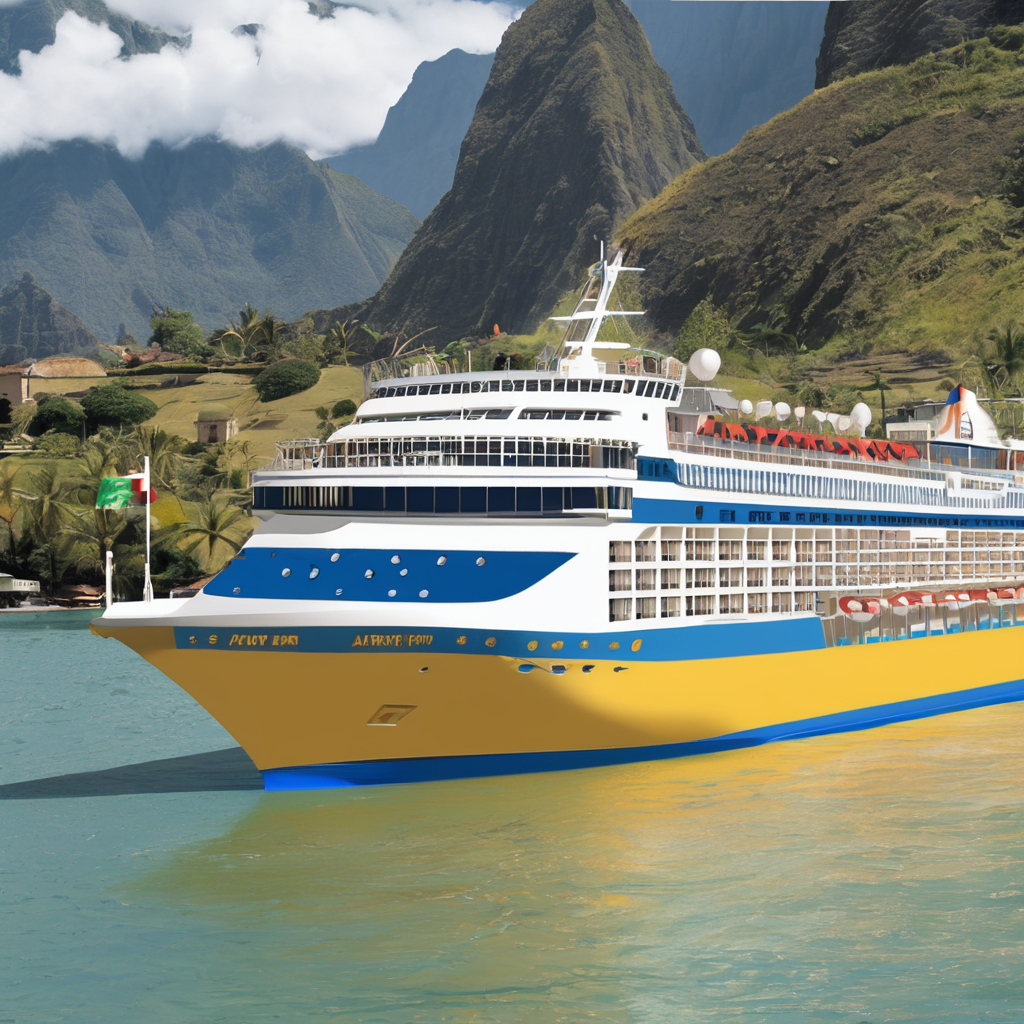Essential Historical Landmarks Near UK Cruise Ports
Exploring historical sites UK near cruise ports enhances the experience of any UK cruise tours. Passengers disembarking in ports like Southampton, Liverpool, and Dover find rich access to iconic landmarks. For instance, Southampton offers proximity to the medieval city walls and Tudor House Museum, essential for understanding Britain’s maritime heritage. Liverpool, famed for the Beatles, also boasts the historic Albert Dock and Maritime Museum, reflecting its industrial past.
Understanding the importance of these landmarks in British history enriches a visit. Dover Castle, near the Dover cruise port, exemplifies centuries of military strategy, with its Roman lighthouse and WWII tunnels telling key stories of defense. These sites serve as windows into the UK’s evolution—from Roman times to the modern era.
Also read : What are the historical sites to visit on a UK cruise itinerary?
For cruise passengers, practical tips include planning transport ahead, as taxis and local buses may have limited schedules. Booking guided tours can provide focused insights and save time. Also, many sites offer combined entry passes and are within easy walking distance from the port, maximizing sightseeing opportunities. Prioritizing these cruise port attractions ensures a fulfilling, educational, and enjoyable stopover on your UK adventure.
Castles and Royal Residences on UK Cruise Routes
Discovering UK castles and historic residences is a highlight for cruise passengers exploring British ports. Among the most iconic sites is Edinburgh Castle, perched atop Castle Rock. This fortress has been a royal residence and military stronghold since the 12th century. Visitors can explore the Crown Jewels and learn about Scotland’s storied past. For those docking near Southampton, Windsor Castle offers an impressive glimpse into the British monarchy. Established in the 11th century by William the Conqueror, it remains a working royal palace. Tours here provide insight into royal ceremonies and the lavish state apartments. Dover Castle, near the port of Dover, holds a rich history as a key defensive site guarding England’s coastline. Its medieval tunnels and battlements are open for exploration, providing context on both medieval and World War II defenses.
This might interest you : What Are the Must-See Ports of Call on a UK Cruise?
Each castle offers varied accessibility and guided tour options tailored for cruise guests. Many ports arrange shuttle services or walking tours, ensuring easy visits. Exploring these royal palaces and historic residences adds depth and intrigue to any UK cruise itinerary, letting travelers step into history without leaving their modern voyage behind.
Ancient Ruins and Archaeological Gems
Visiting UK ancient ruins during a cruise stopover offers a fascinating glimpse into the past. Among the most iconic is Stonehenge, a prehistoric monument shrouded in mystery. Its massive stone circles have intrigued historians and visitors alike for centuries, symbolizing ancient engineering prowess and spiritual significance.
Equally captivating are the Roman sites in the UK, such as Hadrian’s Wall. This impressive fortification, stretching across Northern England, showcases the Roman Empire’s northern frontier defenses. Walking along parts of the wall reveals remnants of forts, milecastles, and watchtowers that tell stories of soldier life during Roman Britain.
Beyond these, Celtic archaeological remains scattered throughout the UK provide insight into early tribal culture and settlements, often found alongside ancient hillforts and burial mounds.
Most of these sites are accessible via organized tours arranged during cruise port stops, combining convenience with expert guides. Alternatively, renting a vehicle enables flexible exploration. Many ruins are located near major transport hubs, allowing easy day trips from coastal docks, making an archaeological adventure a rewarding highlight of any UK cruise experience.
UNESCO World Heritage Sites Accessible by Cruise
Exploring history and culture from the sea
Cruise travelers eager to discover UK UNESCO sites will find remarkable options easily integrated into their itineraries. The Tower of London, a symbol of British history and resilience, boasts its UNESCO status due to its architectural significance and pivotal role in England’s heritage. Similarly, the city of Bath earned its World Heritage designation for its remarkable Roman baths and Georgian architecture, offering visitors a glimpse into nearly two millennia of history.
Both sites highlight why these locations are part of the world heritage UK list—a commitment to preserving unique cultural landmarks that tell powerful stories. Many cruises dock within reach of these treasures, providing seamless access to expertly curated cruise excursions. These guided tours enhance the experience with knowledgeable commentary, ensuring travelers understand the historical context and appreciate the significance behind each landmark.
For instance, excursions around the Tower of London often include insights into its use as a royal palace and prison, while trips to Bath explore its status as a UNESCO site born from ancient engineering feats and elegant city planning. This thoughtful approach brings history to life while maintaining easy, direct access for cruise passengers.
Iconic Landmarks and Maritime Heritage
Discovering the maritime history UK through its famous landmarks provides a vivid glimpse into the nation’s seafaring legacy. The Cutty Sark in Greenwich stands as one of the most celebrated famous landmarks UK connected to maritime heritage. This 19th-century clipper ship offers an immersive experience, highlighting Britain’s global trade and shipbuilding prowess.
Liverpool’s waterfront, a UNESCO World Heritage site, is another essential destination where visitors can explore a rich maritime past. Its iconic Albert Dock showcases museums, galleries, and historical ships that narrate the city’s role in transatlantic trade and migration. Portsmouth Historic Dockyard, home to historic vessels such as HMS Victory, further enriches understanding of naval history and technological advances in ship design.
For cruise visitors, suggested itineraries often include these port cities sights to create a comprehensive maritime journey. Incorporating stops at these landmarks allows travelers to connect directly with the maritime history UK offers, from commercial shipping to naval achievements. The blend of museums, preserved ships, and striking waterfronts gives a tangible sense of Britain’s enduring relationship with the sea, providing both education and inspiration.
Practical Tips and Resources for Cruise Travelers
When planning cruise travel in the UK, understanding transportation from the port to historical sites is essential. Many ports offer shuttle services or local buses that connect directly to key landmarks. For those seeking convenience, taxis and rideshare apps provide flexible options, especially where public transport schedules are limited. Booking transportation in advance ensures a smooth transition upon arrival.
Accessibility is a crucial consideration for all travelers. UK ports typically cater well to passengers with mobility needs, offering wheelchair-friendly transport and detailed accessibility guides. Some historic tours include professional assistance and adapted vehicles, making it easier to explore without barriers. Cruise travelers should reach out to port information desks or cruise line representatives for up-to-date accessibility resources.
For those interested in historical site tours, guided excursions enhance the experience by offering expert insights and efficient itineraries. Many operators specialize in tailored tours highlighting the UK’s rich heritage. Planning tools, including apps and online platforms, help travelers schedule visits around cruise times, ensuring no moment is missed. Leveraging these resources transforms a brief port stay into an enriching adventure.


